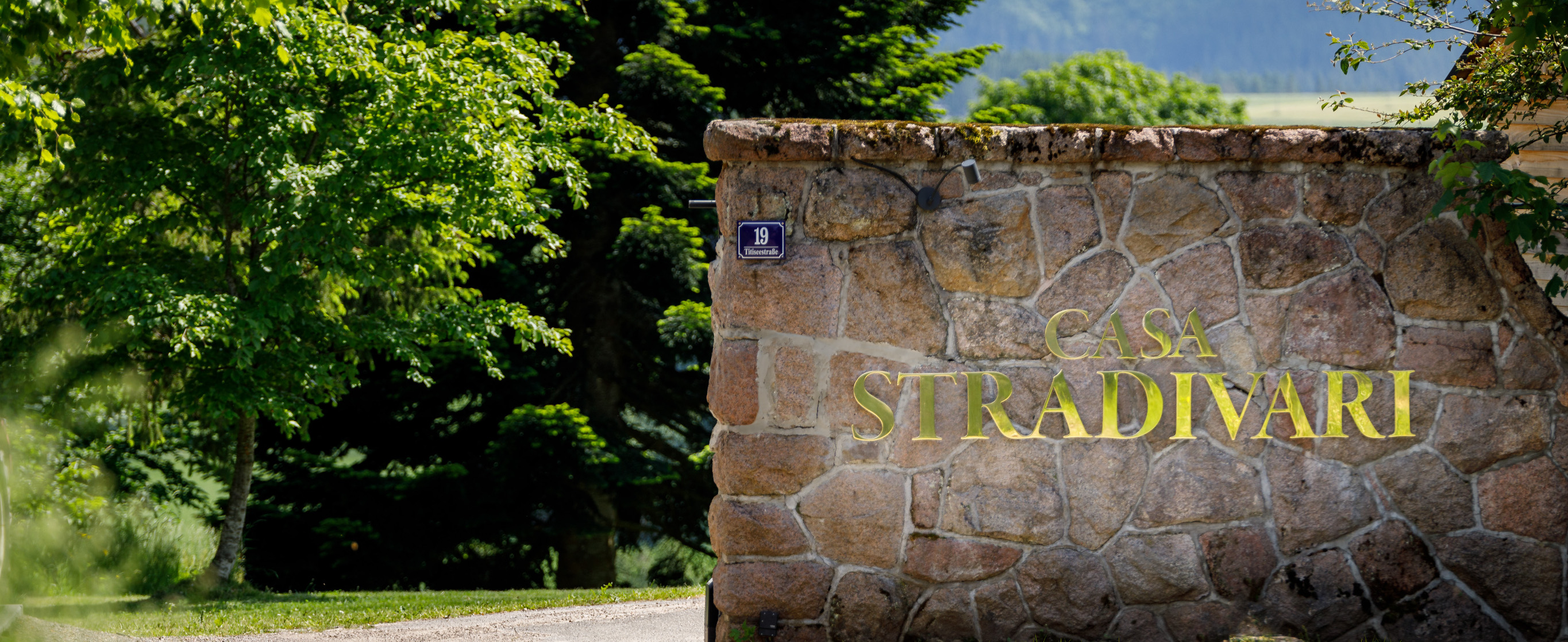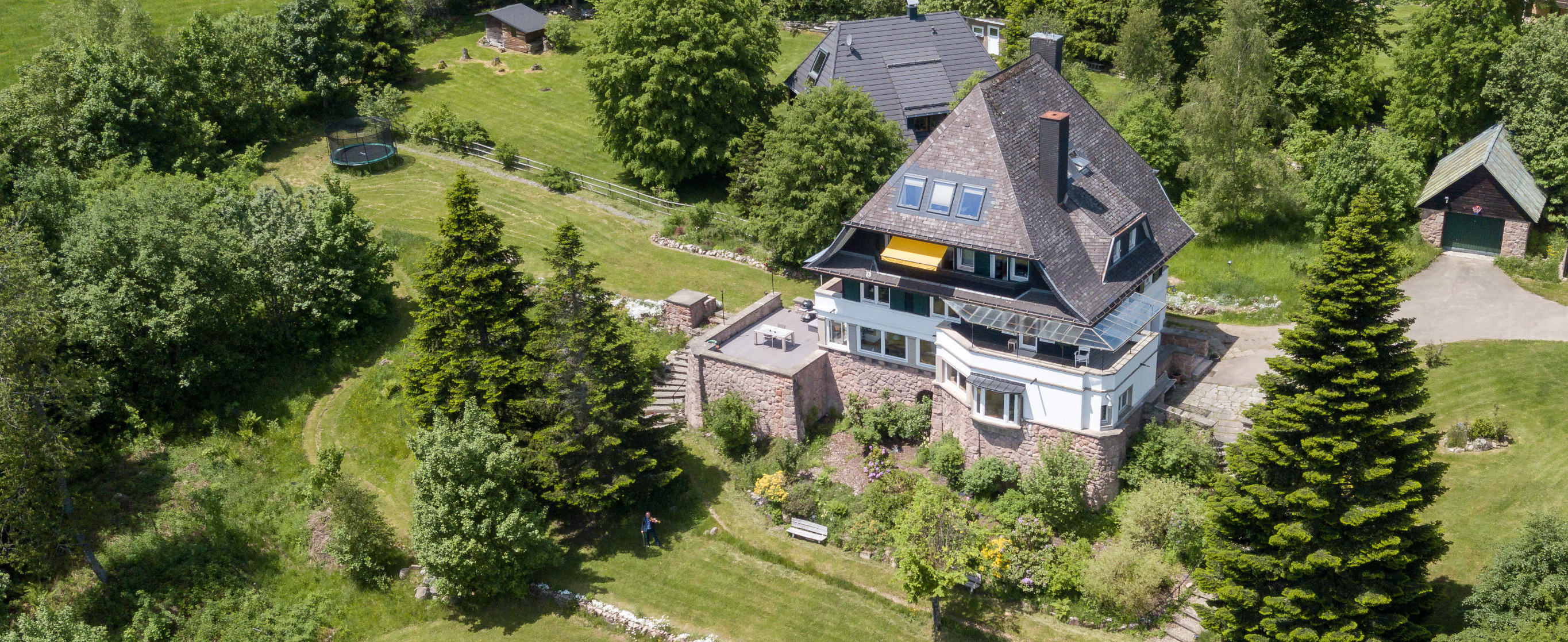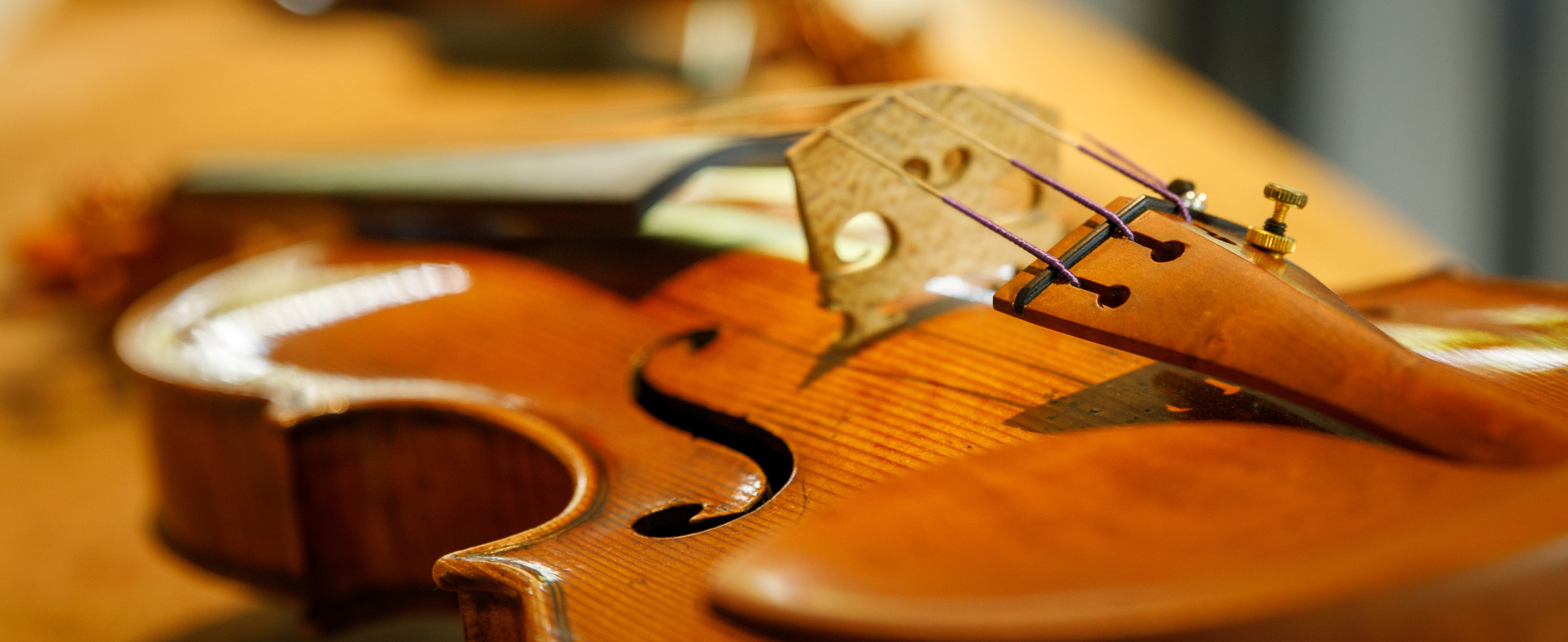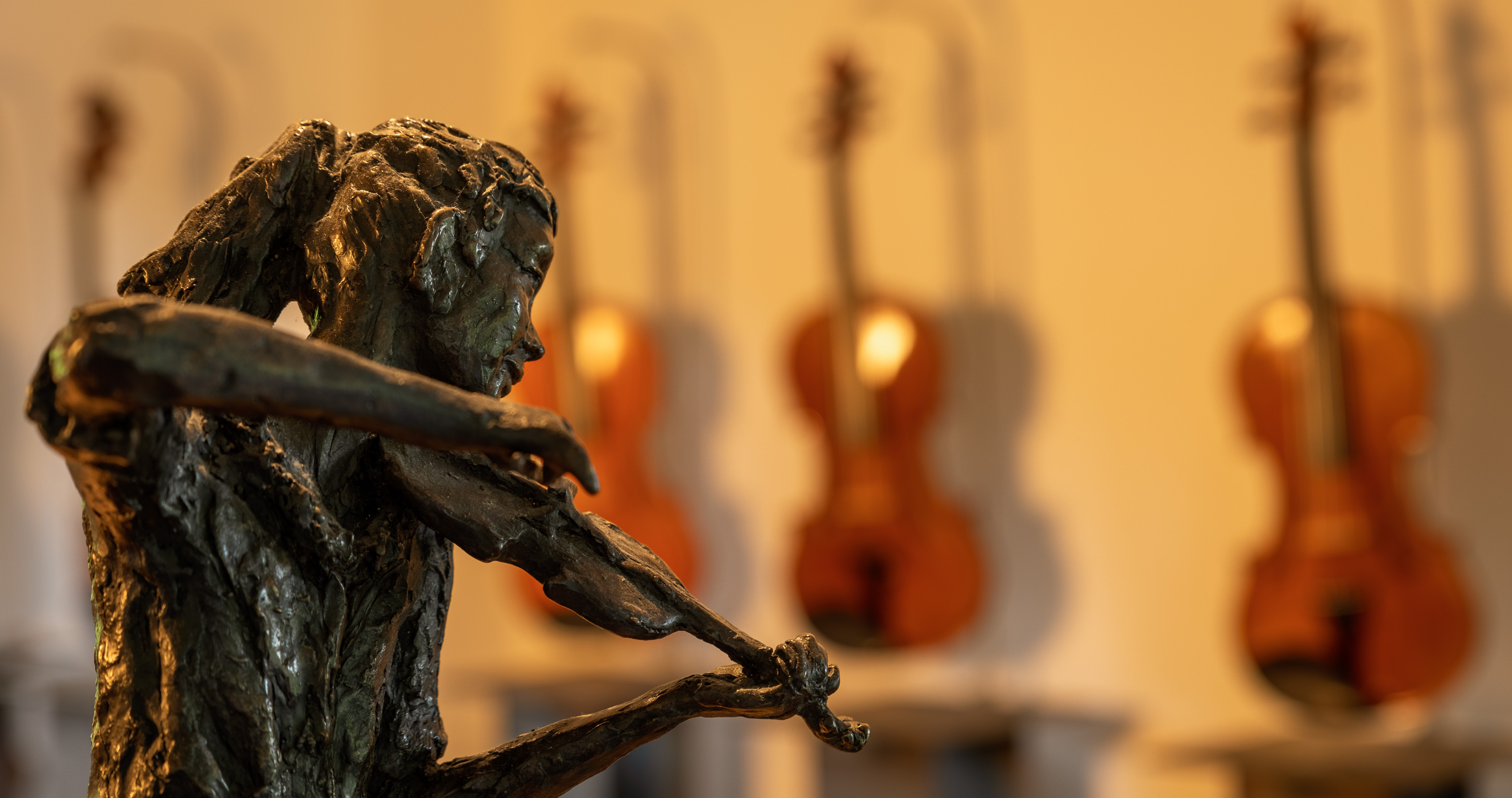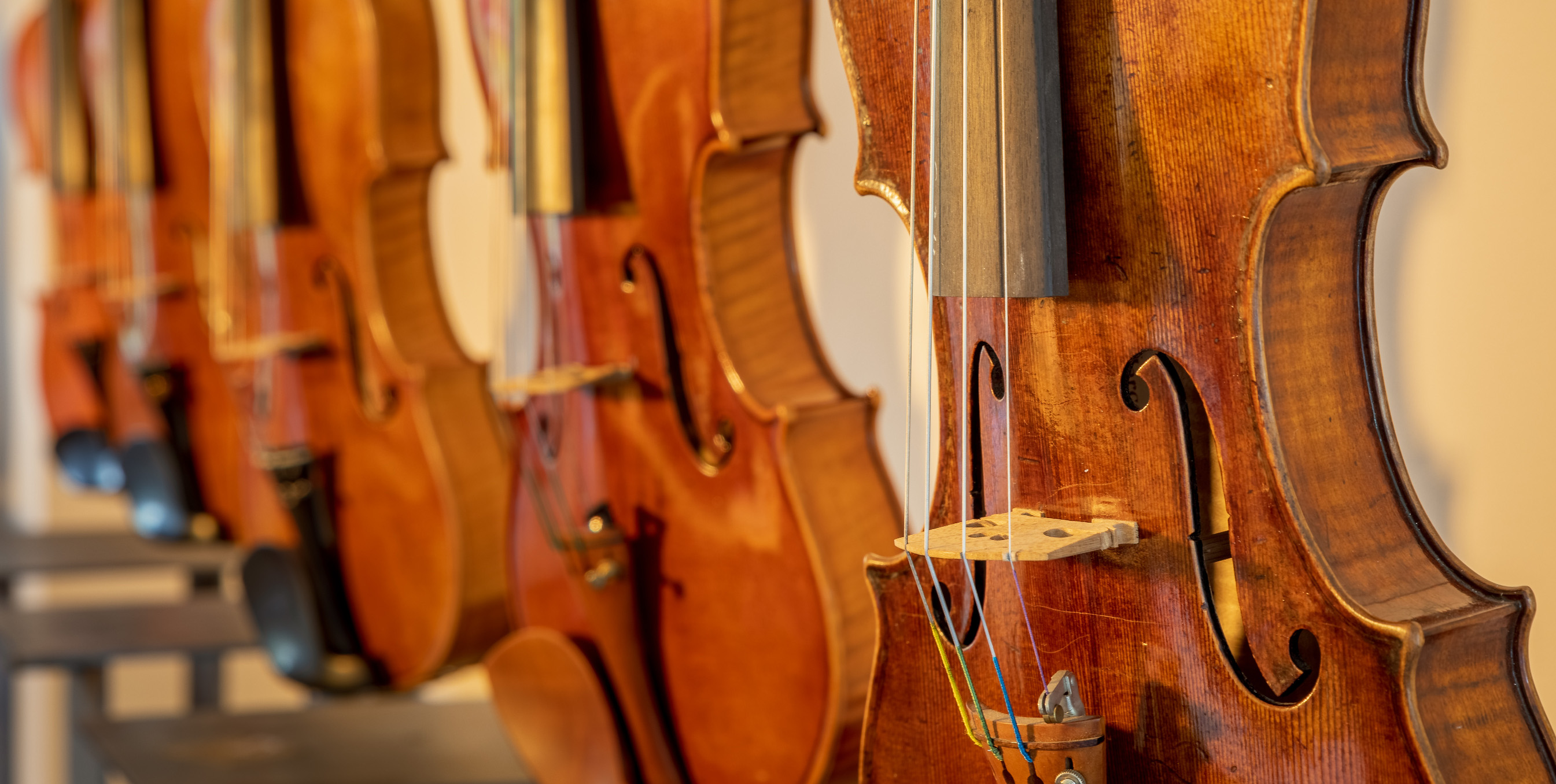Antonio Stradivari 1689 VC Archinto
The history of one of Stradivari’s finest 17th-century cellos, which may have been made for the Cardinal Giuseppe Archinto of Milan
By Dr Christian Eder and Johannes Löscher. Translation by Anna Stuart
One of Antonio Stradivari’s fine large-format cellos, the ‘Archinto’ of 1689 is listed in all the standard literature. Like the ‘Medici’ cello of 1690, it is remarkable for its excellent overall condition; indeed, the two are among the most impressive cellos to have been produced by Stradivari in the 17th century. [1]
Some time in the 18th or 19th century the dimensions of the ‘Archinto’ were modified to be more suitable for modern playing. This alteration seems to have taken place fairly early on; John Dilworth refers to a diary entry written by Count Cozio di Salabue in 1816, in which the latter mentions the successful reduction of the instrument, and conjectures that the work was carried out by the Mantegazza Brothers of Milan. [2] In order to reduce the ‘Archinto’ to modern dimensions its upper bout has been shortened, while the body of the instrument has been made slightly more slender through the removal of a thin strip of wood at the middle joint on the belly and back. The outer contours of the lower bout and waist thus remain untouched; the alteration of the original proportions is only noticeable from the middle of the upper bout onwards. Thanks to this fairly cautious intervention, the original arching has been largely preserved, displaying the beautiful deep, wide sweep of the fluting, which is still heavily influenced by the Amati school.
It is generally believed that Stradivari made the cello for the Cardinal (later Archbishop) of Milan, Giuseppe Archinto, although this is not supported by any documentary evidence. [3] What is certain, however, is that the instrument was in the possession of Count Giuseppe Archinto – a descendant of the cardinal – around 1850, and was part of a quartet of Stradivari instruments in his collection. Following the death of the count, the cello was purchased in around 1862/1864 by the collector Gustavo Adolfo Noseda. [4] In around 1865 he passed it on to the French luthier and dealer Jean Baptiste Vuillaume, who had already purchased the other instruments from Archinto’s estate. Vuillaume sold the instrument shortly afterwards to Charles Wilmotte in Antwerp, who in turn sold it to the Parisian amateur cellist and collector Abel Bonjour. [5] Shortly before his death, Bonjour loaned the cello to the 1885 South Kensington Exhibition. Following his death, the nine cellos in his collection were put up for auction at Hôtel Drouot in Paris on February 5, 1887.
The ‘Archinto’ was finally secured by the French cellist Jules Delsart for 19,000 French francs, after a close bidding war with William Ebsworth Hill. [6] After Delsart’s death his widow kept the instrument for a number of years before selling it in January 1907 for 30,000 French francs to a consortium of dealers consisting of W.E. Hill & Sons, Caressa and Maucotel. The two French dealers sold it in July 1907 to an amateur cellist from Marseille named Monsieur Gailhard. [7] In October 1915 Gailhard sold the cello through Maucotel to Lucien Sharpe of Massachusetts for 80,000 French francs, and the instrument thus found its way from Europe to America. [8]
In the early 1920s the instrument came into the possession of the wealthy manufacturer Russell Barclay Kingman of New Jersey. [9] This enthusiastic amateur cellist, who even made a number of recordings, played in the New Jersey Symphony Orchestra and was its president from 1928 to 1936. During 1932 he presented the cello to all the renowned dealers in America and Europe, requesting reports on its authenticity and history. This sudden demand for certificates preceded the sale of the cello on January 11, 1937 via the Rudolph Wurlitzer Co. to John Nicholas Brown II of Providence, Rhode Island. [10]
An art-loving philanthropist and amateur cellist, Brown not only played the ‘Archinto’ himself, but also lent it to prominent musicians such as the Russian cellist Raya Garbousova. [11] In July 1960 Brown sold the instrument through Rembert Wurlitzer in New York to Walter Lagemann of Rowayton, Connecticut, [12] who owned it until 1974, when he donated it to the Music Academy of the West in Santa Barbara, California. [13] The academy sold it on August 18, 1976 for $200,000 to Richard D. Colburn, a million-dollar businessman and patron of music. [14] In 2008, the cello was sold by the Colburn Foundation through Robertson & Sons of Albuquerque, New Mexico, to its current owner, a doctor from Texas. [15]
A longer version of this article will appear in the new volumes V-VIII of Antonius Stradivarius, to be published by Jost Thöne in April 2016.
Notes
[1] The instrument is described in detail in Dilworth, John, Antonio Stradivari Archinto Cello 1689, Usk Publishing Ltd, London, 2014.
[2] Dilworth, op. cit., p. 18. In the W. E. Hill & Sons certificate of April 11, 1932, the alteration is still attributed to Jean Baptiste Vuillaume.
[3] See, for example, Doring, Ernest N., How Many Strads? Our Heritage from the Master, Bein & Fushi, Chicago, 1945, reprint 1999, pp. 65–67.
[4] Letter from Hill to Russell B. Kingman, April 11, 1932, p. 1.
[5] Dilworth, op. cit., p. 9.
[6] Letter from Hill to Kingman, op. cit., p. 1.
[7] Letter from Hill to Kingman, op. cit., p. 2; certificate by Albert Caressa Succ., July 25, 1932.
[8] Sales receipt from Silvestre & Maucotel, October 30, 1915.
[9] Kingman, Russell Barclay, The ‘Archinto’ Violoncello—Antonius Stradivarius, Cremona, 1689, A.W. Elson, c. 1925.
[10] Certificate and sales receipt from Rudolph Wurlitzer Co., January 11, 1937; Doring, Ernest N., The ‘Archinto’, Violins 1, Number 3, 1938, p. 96, fig., p. 86.
[11] Dilworth, op. cit., p. 11.
[12] Certificate and sales receipt from Rembert Wurlitzer, June 23, 1960.
[13] Written transfer of ownership from Walter Lagemann to the Music Academy of the West, December 17, 1974.
[14] Certificate of sale and transfer of ownership from the Music Academy of the West to the Richard D. Colburn Foundation, August 18, 1976.
[15] The Robertson Collection, Albuquerque, 2009, p. 6 (supplement, The Strad, May 2009).
Impressionen


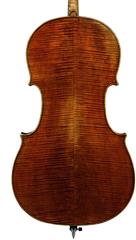


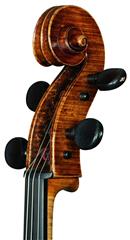
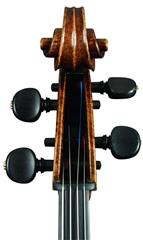
Weitere Informationen
Ausführliche Informationen zu diesem Instrument finden Sie in unserer Enzyklopädie Antonio Stradivari Set 2, Band 5, Seite 198

